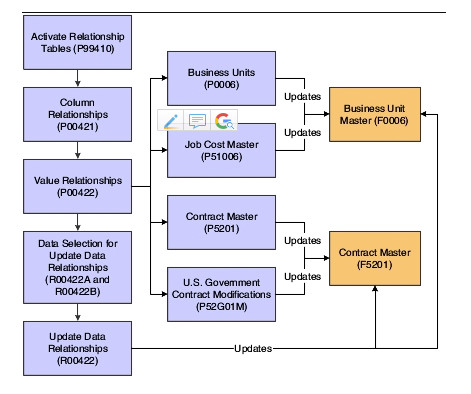Data Relationship | Web Scraping Tool | ScrapeStorm
Abstract:Data relationships are a concept that represents the logical connections or dependencies that exist between different data sets or between entities within the same data set. ScrapeStormFree Download
ScrapeStorm is a powerful, no-programming, easy-to-use artificial intelligence web scraping tool.
Introduction
Data relationships are a concept that represents the logical connections or dependencies that exist between different data sets or between entities within the same data set. It is particularly important in the field of GIS (Geographic Information Systems) and database management, where independent information such as land registers and resident registers can be linked through spatial information and key attributes to enable integrated analysis and visualization. This can provide complex insights that cannot be obtained from any one data type alone.
Applicable Scene
Typical applications of data relationships include urban planning, disaster risk management, marketing, and infrastructure maintenance. For example, by associating building information with its user attributes, the distribution of elderly care facilities and evacuation routes can be optimized. In the retail industry, combining customer purchase history with store location information can analyze demand trends in various regions. This makes it possible to prioritize measures and optimize resource allocation.
Pros: It is able to use the correlation of data for multi-dimensional analysis. By finding meaningful connections from multiple information sources, the accuracy of the prediction model and the quality of decision-making can be improved. In addition, since the correlation can be confirmed visually, non-professionals can also easily understand the meaning of the data.
Cons: If key information required to establish a relationship (such as IDs or common attributes) is missing or mismatched, accurate association can be difficult. In addition, establishing relationships requires expertise in data preprocessing and design, and the larger the data volume, the more complex it is to manage and maintain.
Legend
1. Description of data related processes.

2. Types of relationships.

Related Article
Reference Link
https://www.ibm.com/docs/en/eamfoc/7.6.0?topic=structure-database-relationships
https://pro.arcgis.com/en/pro-app/latest/help/data/relationships/data-relationship-options.htm